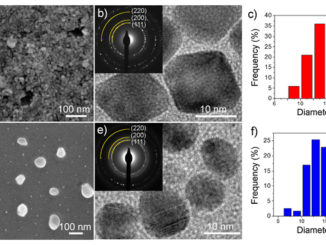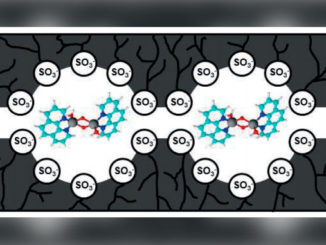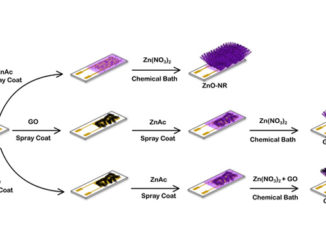
Writers: R.S. Andréa, S.M. Zanetti, J.A. Varela, E. Longo
Keywords: CaZrO3; Calcium zirconate; Chemical method; Humidity sensor
Abstract: CaZrO3 stoichiometric and non-stoichiometric (CaO- and ZrO2-excess) powders were synthesized by a chemical method which is based on polymeric precursors. The mesoporous material was characterized using X-ray diffraction (XRD), Raman spectrometry, field emission gun scanning electron microscopy (FE-SEM) and N2adsorption–desorption measurements. The humidity sensing properties were evaluated by using an inductance, capacitance and resistance analyzer. The results revealed that all samples responded well to the humidity by showing a change in resistance values; however, hysteresis mean values in the 25–70% relative humidity (RH) range were higher than that of 5%. The CaO-excess sample sensitivity calculated in the 10–85% RH range was 3261. Complex impedance measurements indicated that the improved sample sensitivities can be attributed to their mesoporous structure along with hetero-junctions formed by second phases. Sample resistances varied by about three orders of magnitude in the RH range. These results demonstrate the great potential of CZO samples for use in the development of new humidity sensors.




